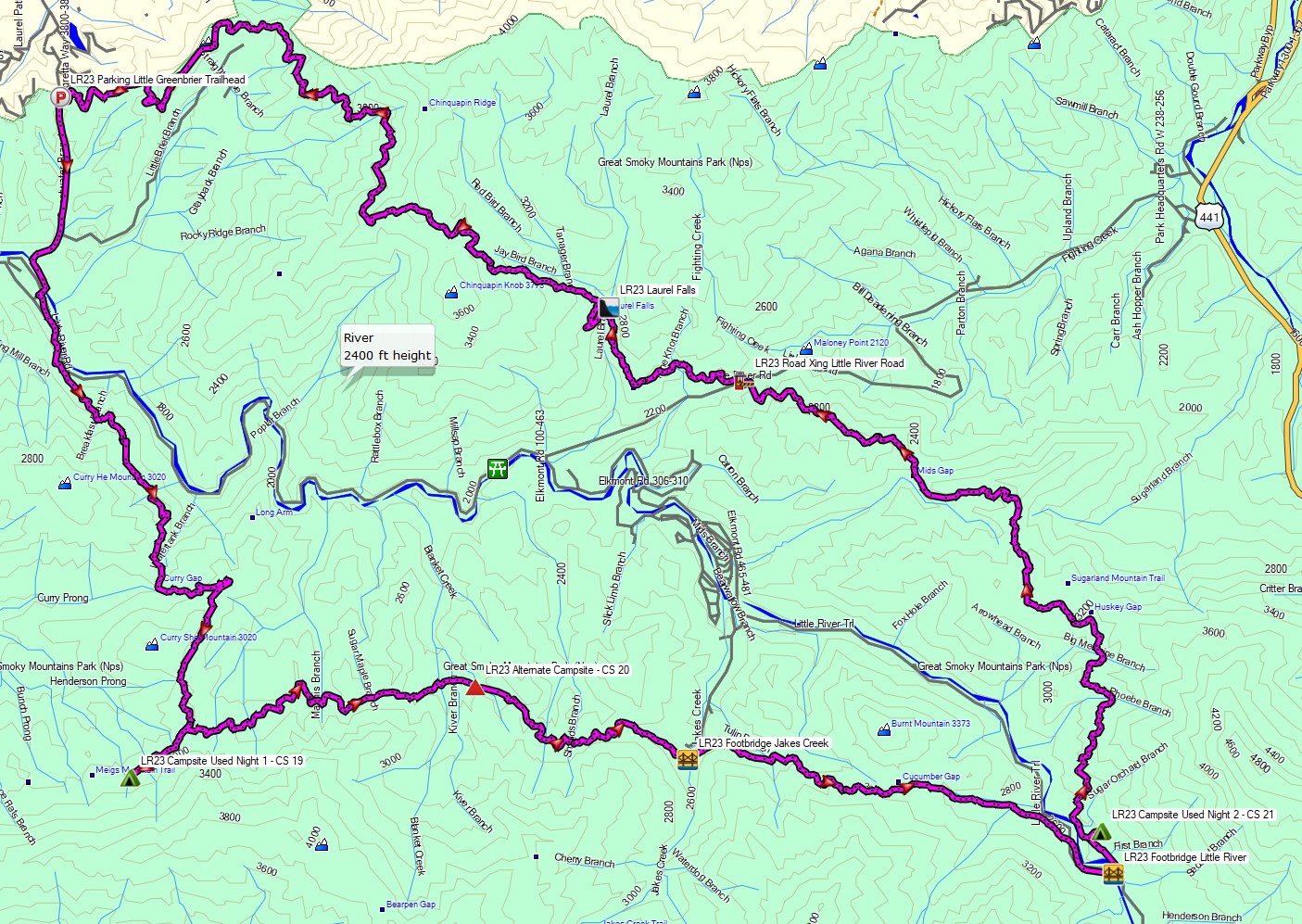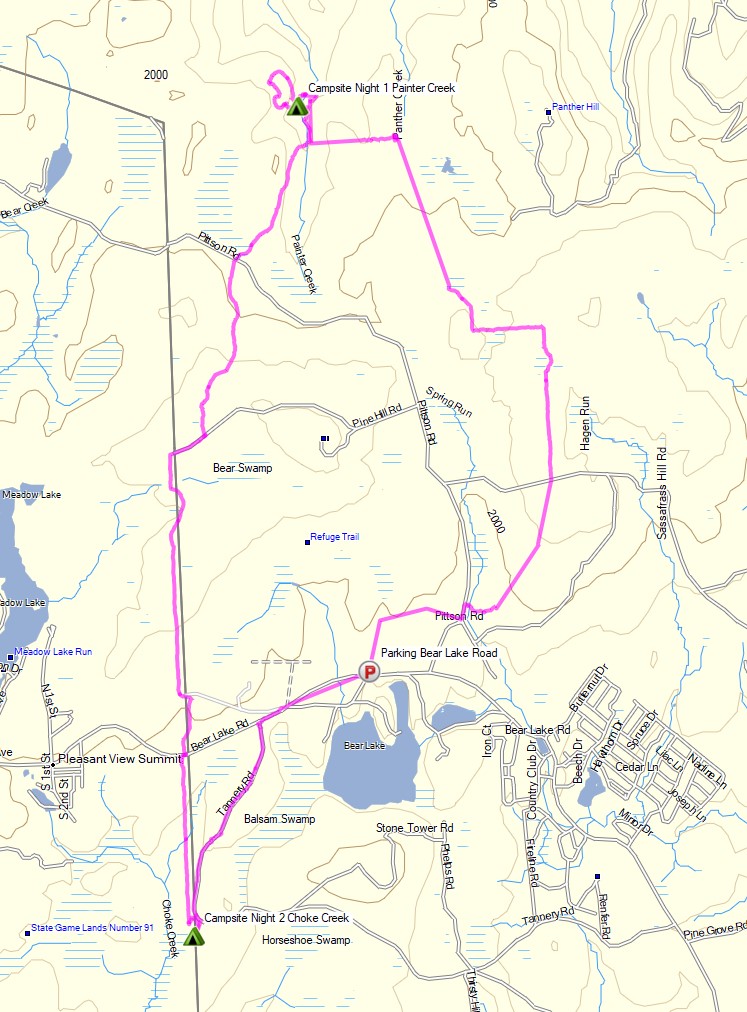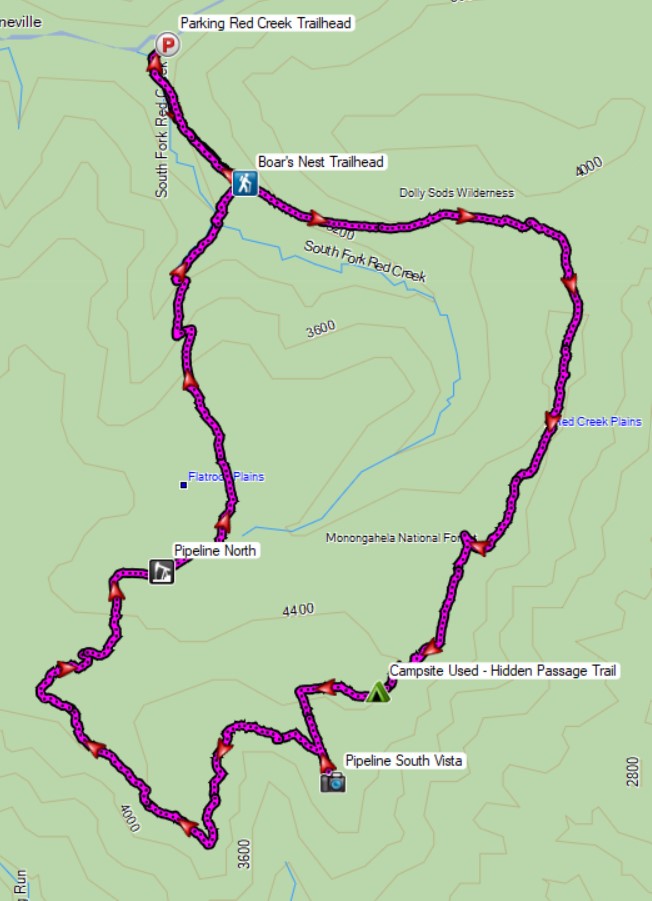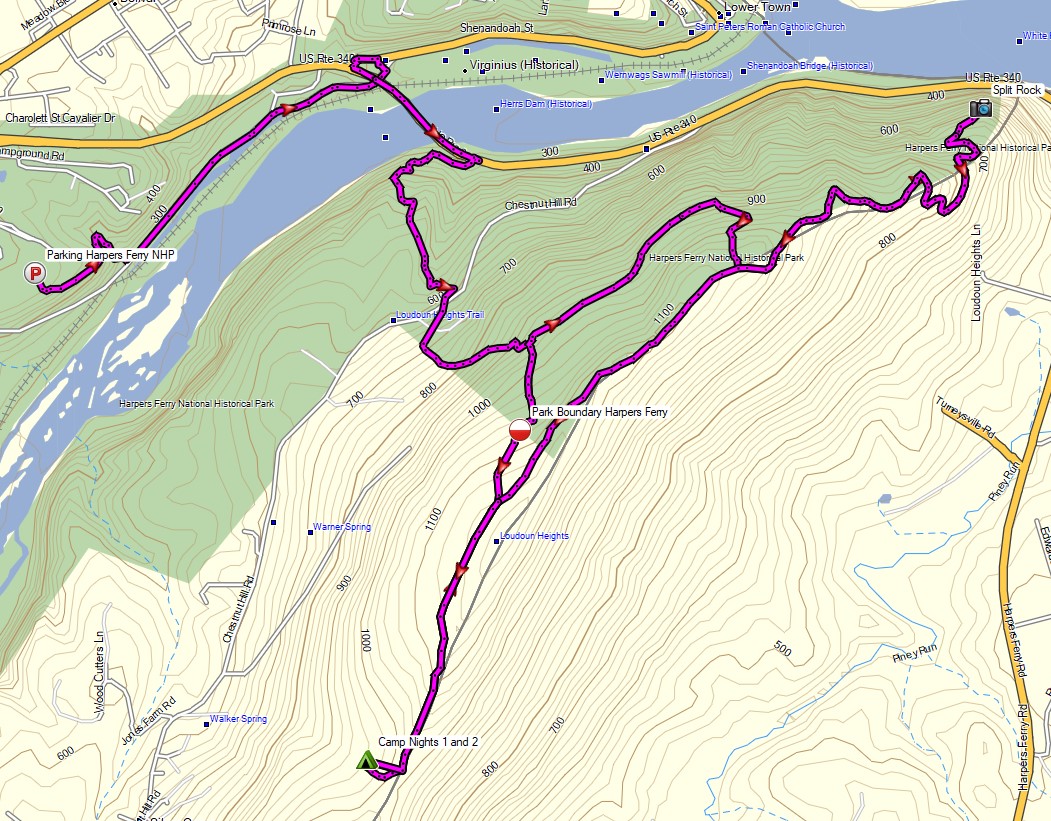Cold weather backpacking and hammock camping in Central Pennsylvania’s Tiadaghton State Forest.
For this adventure, I decided to grab my tarp and hammock and hike into the woods with not much of a plan other than to do some random exploration, find a suitable basecamp, and maybe have a little fun with some campfire cooking. Instead of relying on dehydrated backpacking foods as I usually do, I packed in a bunch of “real” food and a frying pan with the intention of skipping the backpacking stove and cooking exclusively on a good ol’ open campfire.
My backpacking load-out for this trip was relatively lightweight and minimal, but I did spend a few extra pounds on some fun camping items like a hatchet, cooking gear, and some cold weather clothing to deal with the forecasted 20° temperatures at night.
In addition to the camp food, I’ll give you a full look at the items that I pack in on a typical colder weather backpacking trip as well as my go-to tarp and hammock camping setup.
While I didn’t really use an official trailhead for this trip, I did stumble upon Pennsylvania’s orange blazed Mid-State trail before going off trail to look for my campsite for the night. The nearest town was Waterville, PA, which does have a very nice general store and parking for anyone interested in doing a proper backpacking loop with Pine Creek as the center piece. It’s an awesome area for fishing, hiking and backpacking.
In my case, I ended up on the upper ridges of gorge instead of down along the creek where I usually go, but it did make for a memorable experience somewhere deep in the woods of Pennsylvania…




